
Acquisition of Japanese Vocabulary by Chinese Background Learners
The Roles of Transfer in the Productive and Receptive Acquisition of Cognates and Polysemy
Versandkostenfrei!
Versandfertig in 6-10 Tagen
45,99 €
inkl. MwSt.

PAYBACK Punkte
23 °P sammeln!
As is widely known, Japanese and Chinese not only share the common logographic orthography called kanji or hanzi respectively, but also share a number of kanji compounds as cognates, many of which share the same or similar meaning. The major objective of this research is to investigate the roles of transfer and the difficulty in Chinese background learners use and acquisition of Japanese kanji compounds and kanji words. In particular, under what condition and how do CBLs transfer Chinese words into Japanese counterparts is investigated. The findings indicate that the transferability of Chinese...
As is widely known, Japanese and Chinese not only
share the common logographic orthography
called kanji or hanzi respectively, but also
share a number of kanji compounds as cognates, many
of which share the same or similar meaning. The
major objective of this research is to investigate
the roles of transfer and the difficulty in Chinese
background learners use and acquisition of
Japanese kanji compounds and kanji words. In
particular, under what condition and how do CBLs
transfer Chinese words into Japanese counterparts is
investigated. The findings indicate that the
transferability of Chinese words into their Japanese
counterparts is constrained by multiple factors.
Further, both positive and negative transfer
influence Chinese background learners production,
comprehension, and interlanguage construction of
Japanese vocabulary in a complex manner.
share the common logographic orthography
called kanji or hanzi respectively, but also
share a number of kanji compounds as cognates, many
of which share the same or similar meaning. The
major objective of this research is to investigate
the roles of transfer and the difficulty in Chinese
background learners use and acquisition of
Japanese kanji compounds and kanji words. In
particular, under what condition and how do CBLs
transfer Chinese words into Japanese counterparts is
investigated. The findings indicate that the
transferability of Chinese words into their Japanese
counterparts is constrained by multiple factors.
Further, both positive and negative transfer
influence Chinese background learners production,
comprehension, and interlanguage construction of
Japanese vocabulary in a complex manner.





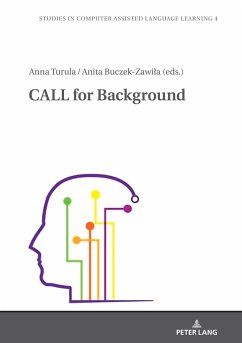
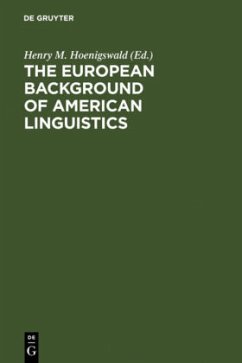
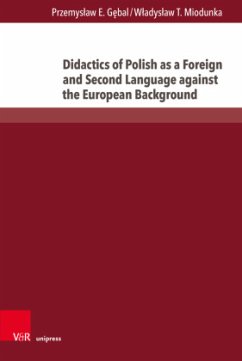

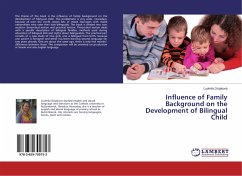
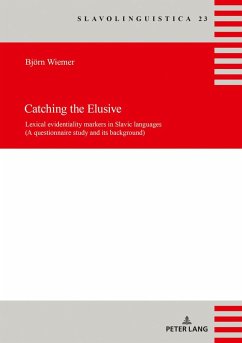

![The Acquisition of English Soun[dz] by Native Japanese Speakers Cover The Acquisition of English Soun[dz] by Native Japanese Speakers](https://bilder.buecher.de/produkte/25/25576/25576320n.jpg)